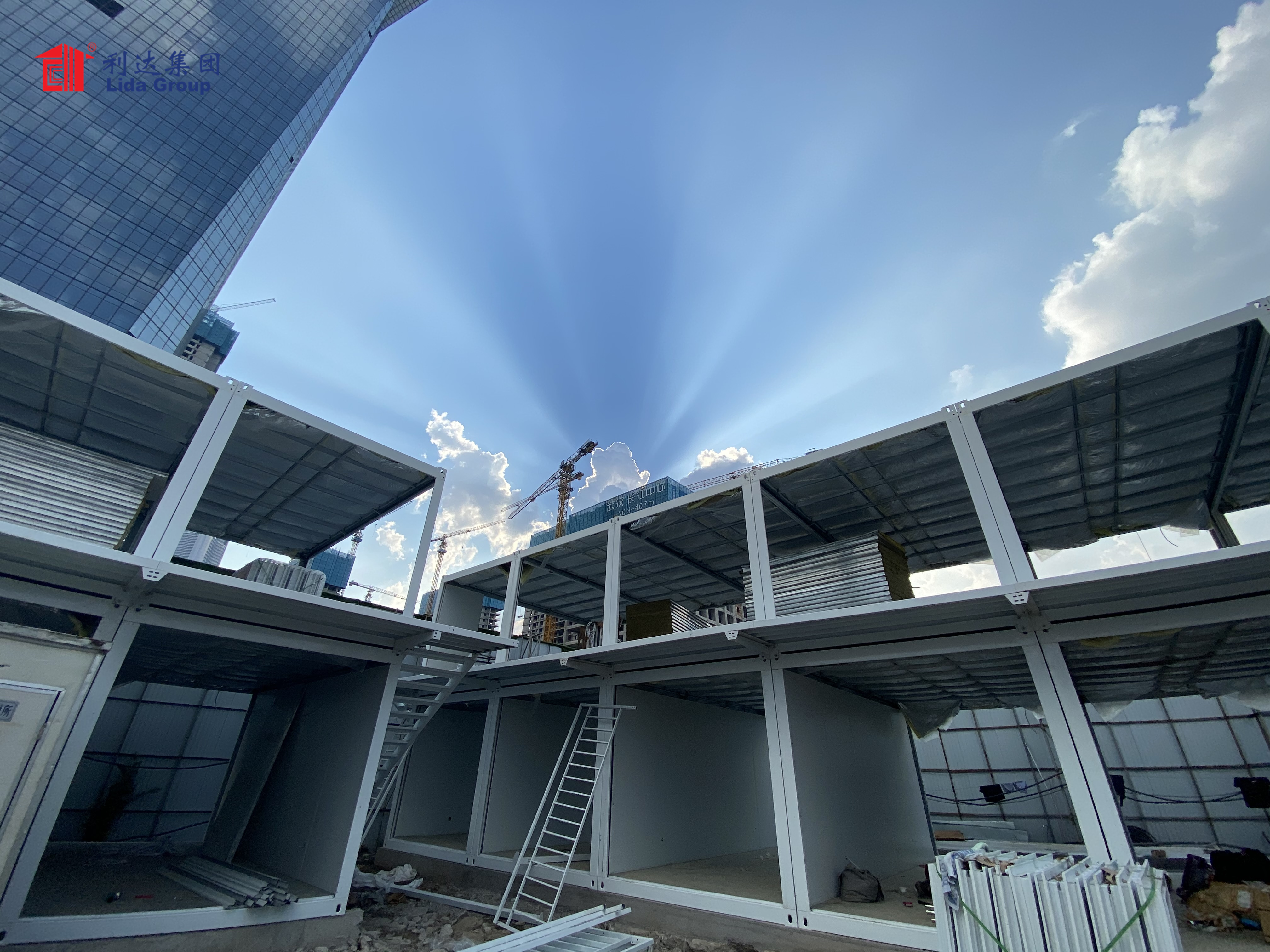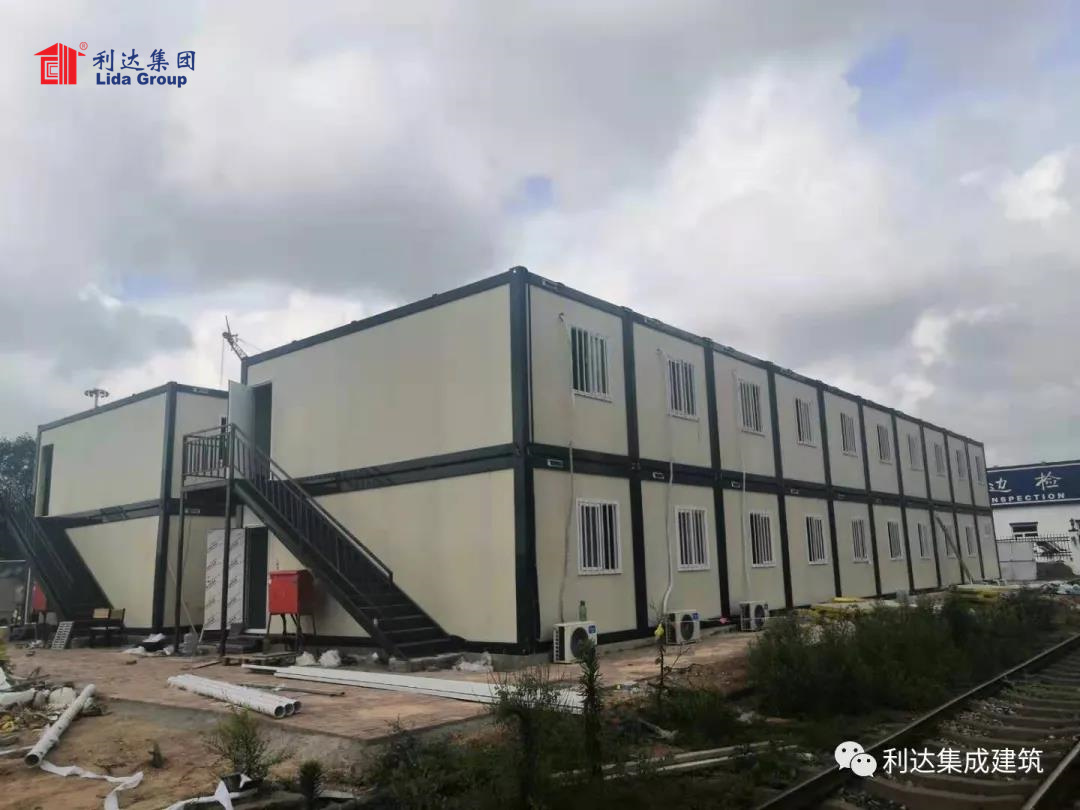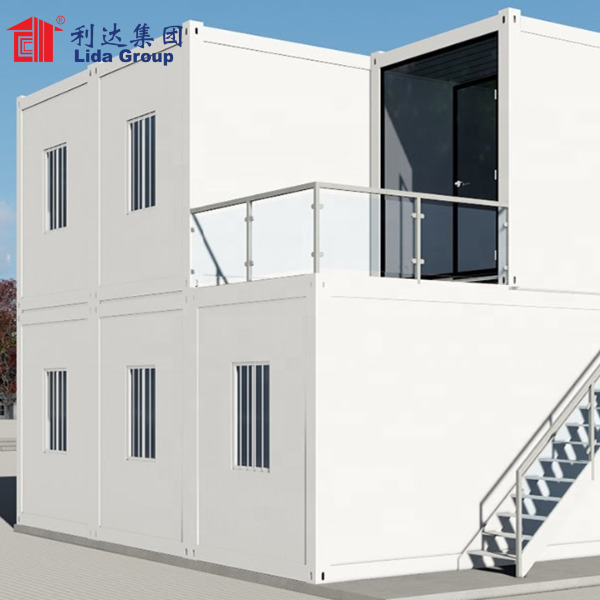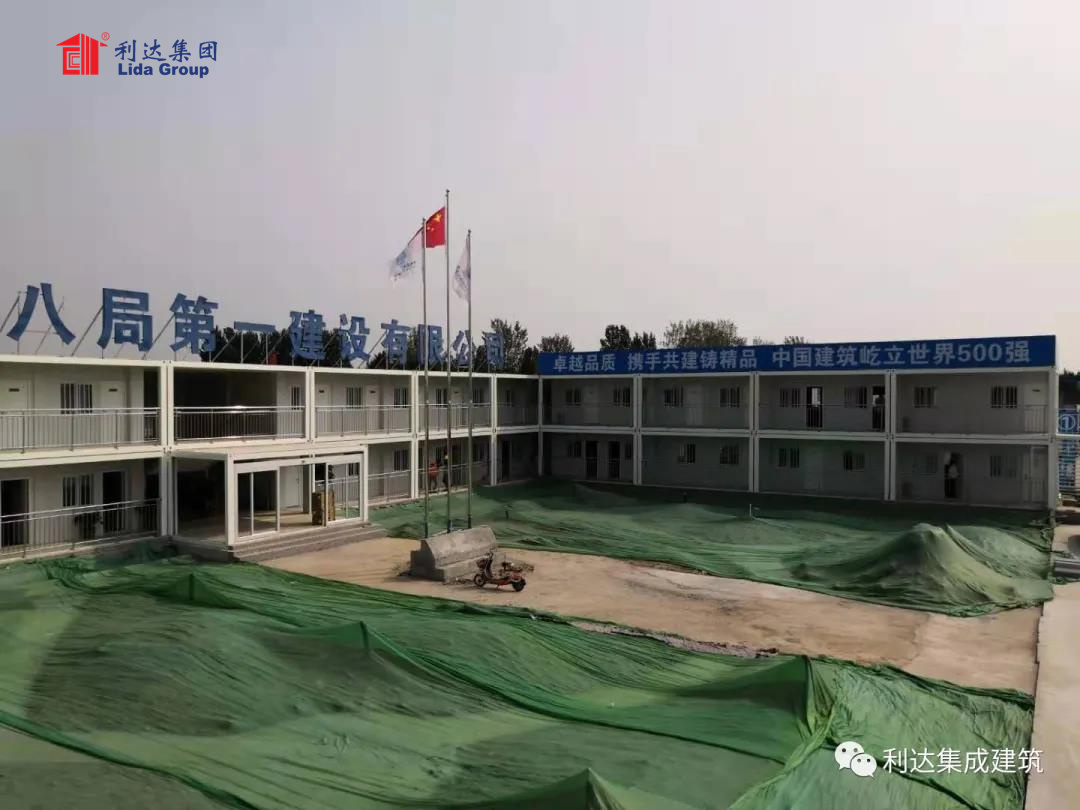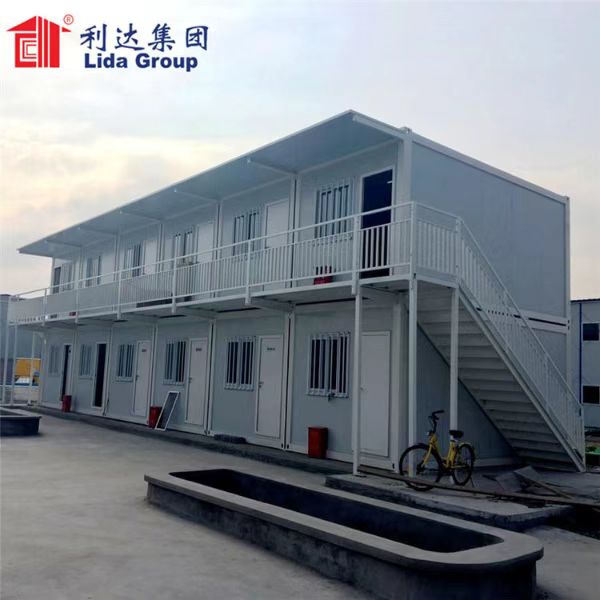Lida Group One or Two Floor Flat Pack 20FT and 40FT Container House
Introduction
In an era where flexibility and sustainability are paramount, the construction industry is witnessing a surge in the popularity of modular housing solutions. Lida Group, a pioneer in prefabricated construction, has introduced innovative flat pack container houses available in both 20FT and 40FT configurations. These container houses are designed to meet diverse housing needs, offering a blend of efficiency, cost-effectiveness, and adaptability. This article delves into the features, benefits, applications, and overall impact of Lida Group’s one or two-floor flat pack container houses.
Understanding Flat Pack Container Houses
What are Flat Pack Container Houses?
Flat pack container houses are prefabricated buildings made from shipping containers that can be easily transported and assembled on-site. These homes come in various sizes, with Lida Group offering both 20FT and 40FT options, allowing for flexibility in design and functionality.
Advantages of Flat Pack Container Houses
- Quick Assembly: Flat pack container houses can be rapidly assembled, significantly reducing construction time.
- Cost Efficiency: Utilizing shipping containers lowers material costs and minimizes labor expenses.
- Durability: Designed to withstand harsh environmental conditions, these houses provide a secure living space.
Features of Lida Group’s Container Houses
1. Modular Design
Lida Group’s container houses feature a modular design that allows for easy customization:
- Flexible Layouts: Both one and two-floor options are available, enabling clients to choose configurations that suit their needs.
- Expandable Structures: Additional containers can be added to increase living space as required.
2. Comprehensive Amenities
Comfort is a key focus in the design of Lida Group’s container houses:
- Fully Equipped Units: Each house comes with essential amenities, including kitchens, bathrooms, and living areas.
- Energy Efficiency: Options for insulation and energy-efficient appliances help reduce utility costs.
3. Easy Transportation
One of the significant advantages of flat pack container houses is their transportability:
- Compact Design: The flat pack design allows for easy transportation to remote or challenging locations.
- Quick Setup: Containers can be assembled quickly on-site, minimizing downtime for occupants.
4. Sustainable Construction
Lida Group emphasizes sustainability in its building practices:
- Recyclable Materials: Shipping containers promote recycling, reducing waste in construction.
- Eco-Friendly Options: Energy-efficient designs and renewable energy integration contribute to a reduced environmental footprint.
Benefits of Lida Group Container Houses
1. Rapid Deployment
In various sectors, the ability to quickly deploy housing is crucial:
- Immediate Availability: Flat pack container houses can be set up in a matter of days, providing instant accommodation.
- Reduced Project Delays: Fast construction minimizes the impact on project timelines.
2. Cost Savings
Investing in container houses can lead to significant financial advantages:
- Lower Initial Costs: The affordability of using repurposed materials makes these homes cost-effective.
- Long-Term Financial Benefits: Reduced maintenance and operational costs enhance overall savings.
3. Flexibility and Adaptability
Lida Group’s container houses are designed to adapt to changing needs:
- Custom Configurations: Units can be tailored to suit various uses, from residential to commercial applications.
- Scalable Solutions: As needs grow, additional units can be seamlessly integrated.
4. Enhanced Safety and Security
Safety is a primary concern in construction and housing:
- Robust Structure: Container houses are built to endure severe weather and provide secure living environments.
- Controlled Access: Secure locking systems enhance the safety of occupants and their belongings.
Applications of Container Houses
1. Residential Living
Container houses serve as affordable and comfortable residential options:
- Family Homes: Suitable for families seeking modern, efficient living spaces.
- Temporary Housing: Ideal for those in transitional phases or looking for short-term solutions.
2. Remote Work Camps
In industries such as oil, gas, and mining, container houses are invaluable:
- Worker Accommodation: Provide comfortable living quarters for employees in remote sites.
- On-Site Facilities: Can be configured for administrative offices, dining areas, and recreational spaces.
3. Emergency Housing
In times of crisis, rapid deployment of housing is essential:
- Disaster Relief: Container houses can be quickly set up to provide shelter for displaced individuals after natural disasters.
- Refugee Camps: Serve as temporary housing solutions for those in need.
4. Commercial Spaces
Container houses can also be adapted for commercial use:
- Retail Outlets: Offer unique and cost-effective solutions for businesses looking to establish a presence in various locations.
- Offices: Provide functional office spaces in remote or developing areas.
Case Studies: Successful Implementations
1. Construction Site Housing
A construction company utilized Lida Group’s container houses to accommodate workers on a large infrastructure project. The rapid deployment of the units allowed for swift settlement, enhancing worker satisfaction and productivity.
2. Oil Field Operations
In a remote oil field, Lida Group supplied 40FT container houses for employee accommodation. The flexibility of the units allowed for quick relocation as operations expanded, ensuring continuous housing for workers.
3. Disaster Relief Efforts
Following a devastating earthquake, Lida Group deployed flat pack container houses as temporary shelters for affected families. The quick assembly and robust design provided safe living conditions during recovery efforts.
Addressing Common Concerns
1. Initial Investment Costs
While the initial cost of container houses may seem high, the long-term savings in construction time and operational efficiency often outweigh these concerns.
2. Aesthetic Considerations
Lida Group offers a variety of design options, ensuring that container houses can be visually appealing and aligned with personal or corporate branding.
3. Long-Term Durability
Constructed from durable materials, Lida Group’s container houses are built to last, providing secure and reliable living spaces.
Future Trends in Container Housing
1. Technological Integration
The future of container housing will see greater integration of technology:
- Smart Home Features: Incorporating smart technology for energy management, security, and communication.
- Remote Monitoring: Utilizing IoT devices to monitor living conditions and resource usage.
2. Sustainable Practices
As environmental concerns grow, sustainable practices will be prioritized:
- Green Building Certifications: Striving to achieve certifications that recognize sustainability in construction practices.
- Renewable Energy Integration: Incorporating solar panels and other renewable energy sources into container house designs.
3. Customization and Flexibility
The demand for tailored solutions will continue to rise:
- Modular Designs: Continued emphasis on modularity to allow for easy expansion and customization.
- Diverse Applications: Adapting modular designs for various industries and uses beyond residential living.
Conclusion
Lida Group’s one or two-floor flat pack container houses represent a transformative solution for modern housing needs. With rapid deployment, cost efficiency, and customizable designs, these container houses are well-suited to meet the demands of various sectors, from residential living to remote work camps. As the landscape of construction continues to evolve, Lida Group remains committed to delivering high-quality, sustainable, and adaptable solutions that cater to the needs of contemporary society. Whether for families, workers, or emergency relief efforts, Lida Group’s container houses are poised to play a vital role in the future of housing.




